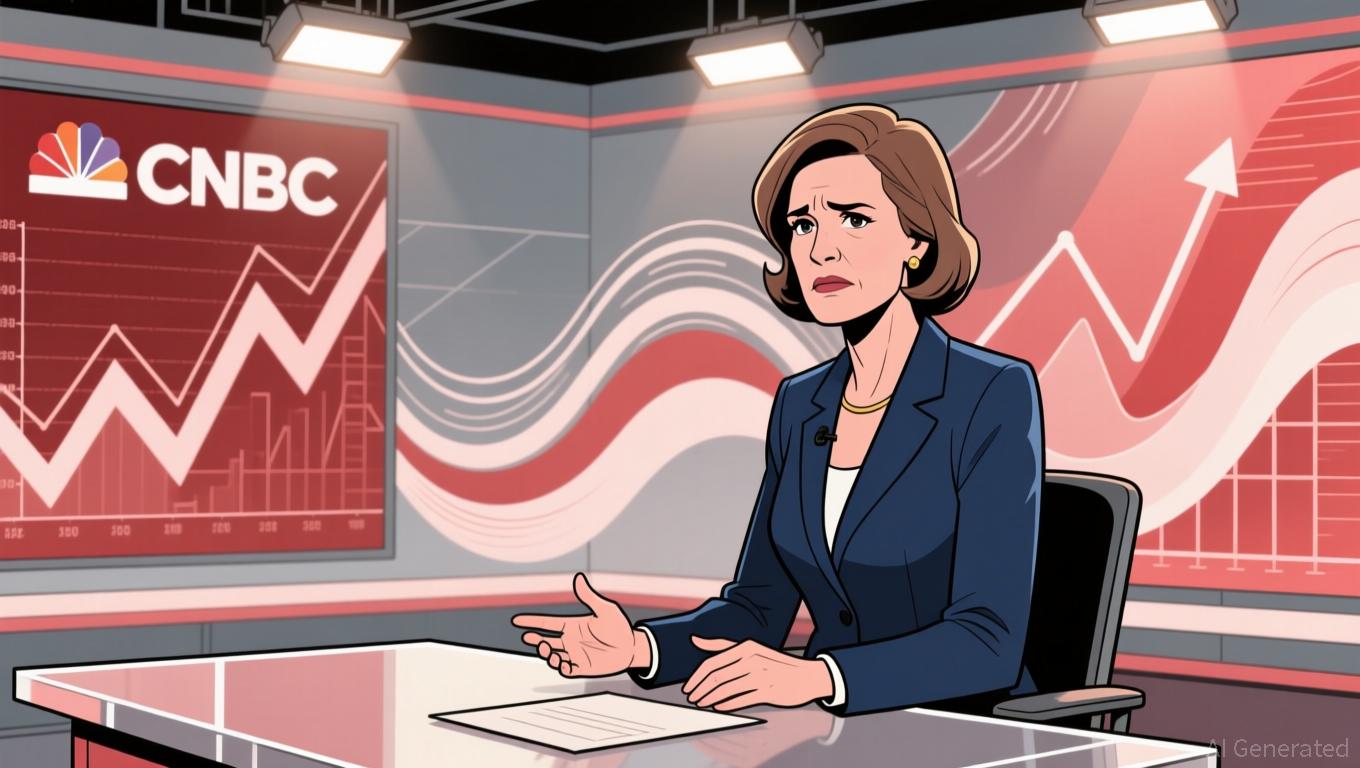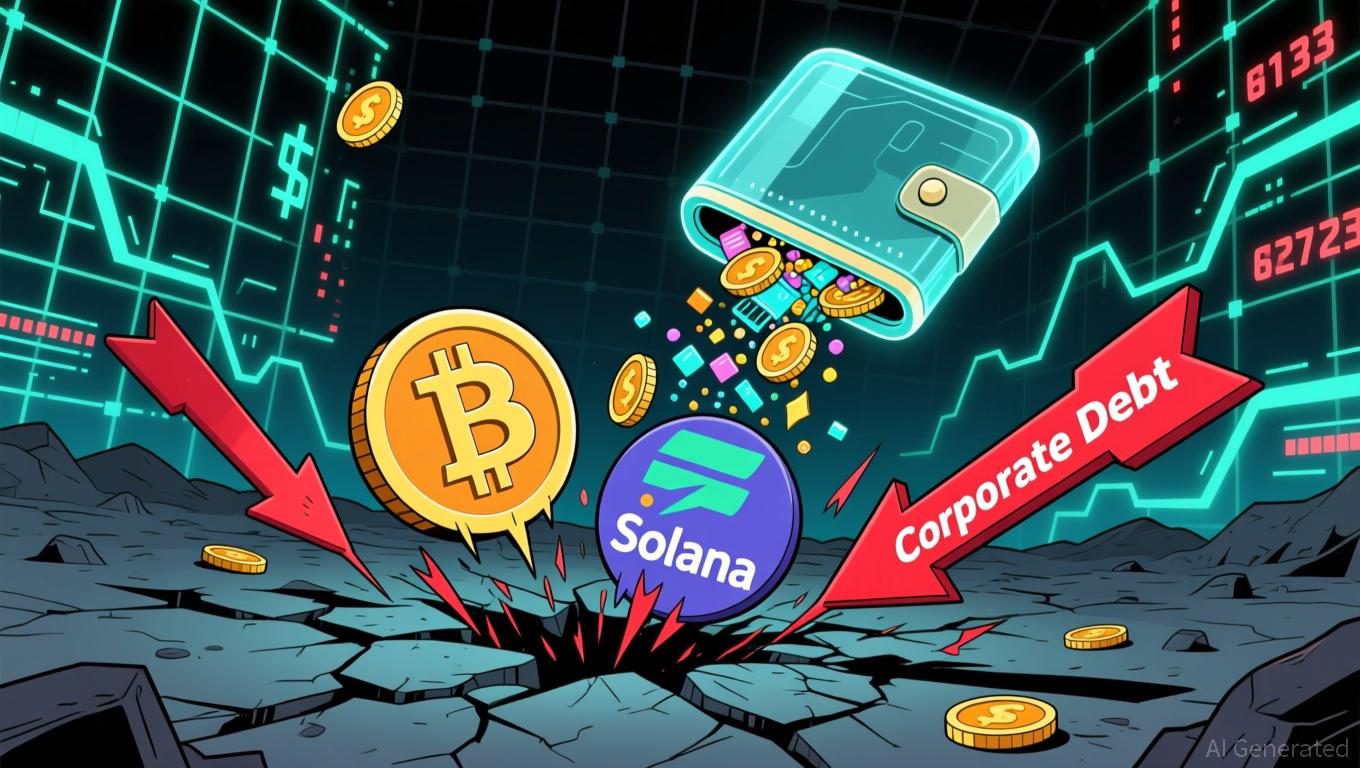Fed Focuses on Curbing Inflation Rather Than Lowering Rates, Even as Economy Shows Strength
- Boston Fed's Susan Collins opposes December rate cut, citing persistent inflation and a strong economy, emphasizing "restrictive policy is very appropriate right now." - FOMC meeting minutes reveal divided policymakers: Stephen Miran advocated larger cuts, while Kansas City's Jeff Schmid opposed any reduction, marking first 2019-style dissent. - Government shutdown delayed November jobs data until December 16, heightening uncertainty as officials struggle to assess economic conditions ahead of the Decemb
Susan Collins, President of the Federal Reserve Bank of Boston, has expressed doubts about the possibility of a rate reduction at the Fed’s December meeting, pointing to persistent inflation and a robust economy as key reasons. In a recent interview with CNBC, Collins stated that “maintaining a restrictive stance is the right approach at this time” due to current inflation trends, and she urged caution when considering further reductions in borrowing costs
The Fed’s rate cut in October, its second consecutive reduction, was intended to support a weakening job market while continuing efforts to bring down inflation, which has stayed above the 2% goal for over four years
The Fed’s policy decisions have also been complicated by the government shutdown, which postponed the release of the November jobs report until December 16—just ahead of the December meeting

Market responses to this uncertainty have varied. Analysts at Jefferies estimate that deregulation in the U.S. banking sector could free up $2.6 trillion in capital for major banks, potentially increasing lending and profits
Looking forward, the Fed’s meeting on December 9-10 is expected to draw significant attention. While some, such as Williams, have indicated a willingness to consider easing, most policymakers seem inclined to keep rates steady until there is clearer evidence that inflation is slowing
Disclaimer: The content of this article solely reflects the author's opinion and does not represent the platform in any capacity. This article is not intended to serve as a reference for making investment decisions.
You may also like
Bitcoin News Update: Innovative Tokenomics and Interoperable Cross-Chain Features: The Key to Altcoin Success in 2025
- 2025 altcoin market highlights Bitcoin Munari (BTCM), XRP Tundra, and Mutuum Finance (MUTM) leveraging multi-chain infrastructure and structured presales. - BTCM's fixed-supply model ($0.35 presale) and Solana-based SPL token deployment aim for 2027 Layer-1 migration with EVM compatibility and privacy features. - XRP Tundra offers cross-chain yield via dual-token system (TUNDRA-S/X) with $0.214 Phase 12 pricing and audited Cryo Vaults for Bitcoin holders. - Mutuum Finance (MUTM) nears 99% Phase 6 allocat

Bitcoin Updates: Institutional Funds Move: AI ETFs Gain Momentum Amid Growing Crypto Debt Issues
- Bitcoin and Solana face renewed selling pressure as digital asset treasury companies (DATCos) offload holdings amid $42.7B corporate debt inflows into crypto. - DATCos, underwater on $126K Bitcoin peak investments, approach parity in market-to-net-asset-value ratios, triggering 40% Solana treasury value declines since October. - Institutional capital shifts toward AI ETFs (e.g., Global X AI ETF) as firms prioritize AI infrastructure investments over crypto, linking performance to tech stock volatility. -

Fed Policy Split Drives Derivatives Activity as Crypto Teeters on Brink of Easing
- Fed policy uncertainty drives derivatives bets, with CME FedWatch pricing 69.7% chance of 25-bp December rate cut amid mixed inflation and labor data. - Crypto markets anticipate easing cycle, but remain fragile as Crypto Fear & Greed Index hits "extreme fear" level 14 despite Coinbase's bearish odds assessment. - Crude oil drops on U.S. Ukraine peace plan and OPEC output hike, while dollar strength compounds risks for rate-cut-sensitive commodities. - CME Group faces scrutiny after $2M insider sale, yet

Modern Monetary Theory and the Valuation of Cryptocurrencies: Do MMT Principles Support Rapid Increases in Token Prices?
- 2025 analysis explores whether Modern Monetary Theory (MMT) can justify Momentum (MMT) token's 1,300% price surge. - Token's rise stems from Binance airdrops, U.S./EU regulatory clarity, and institutional investment, not MMT principles. - Academic research highlights crypto valuation duality: network effects coexist with speculative behavior driven by heterogeneous expectations. - MMT influences macroeconomic frameworks (CBDCs, fiscal policy) but fails to predict token-specific surges dominated by retail